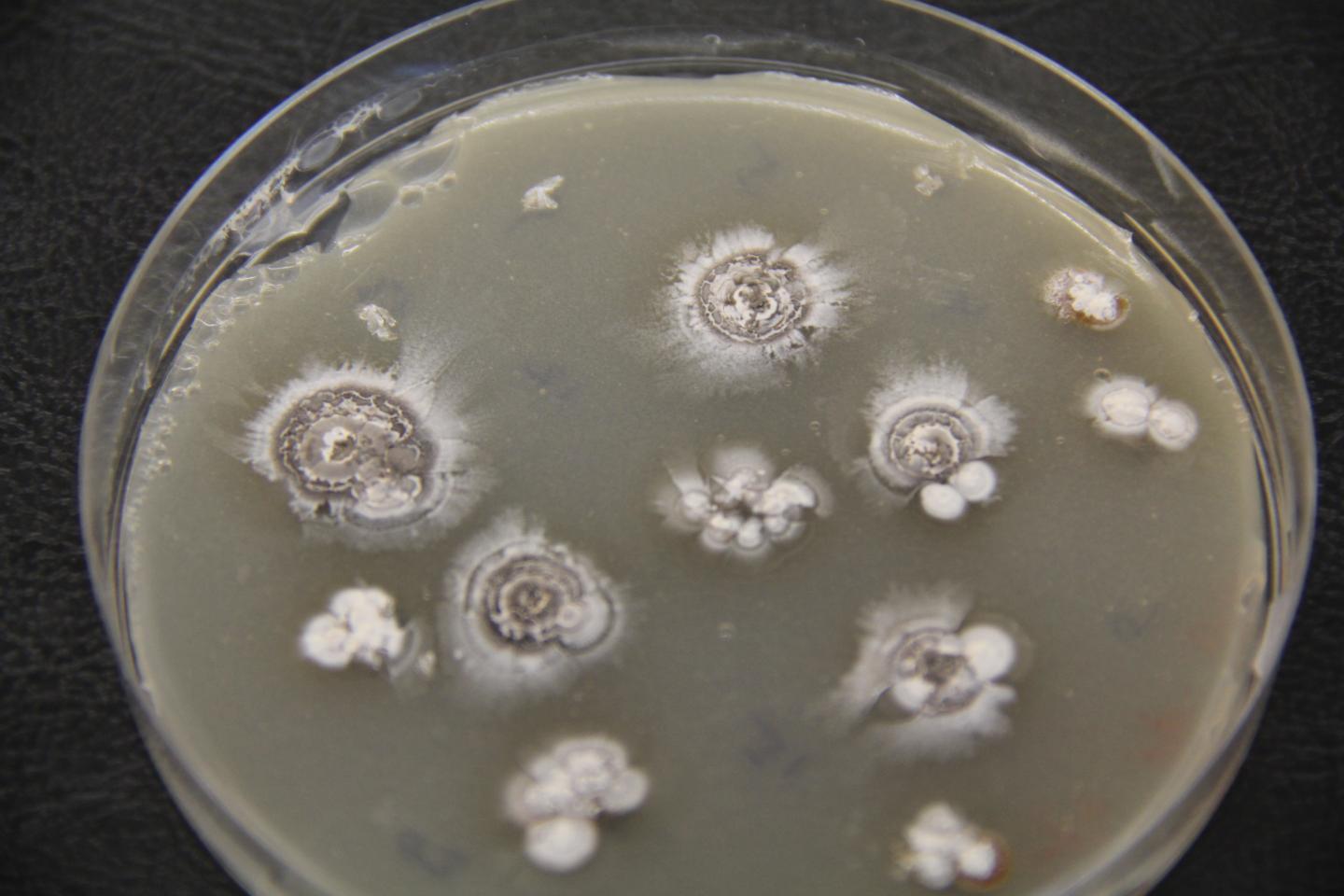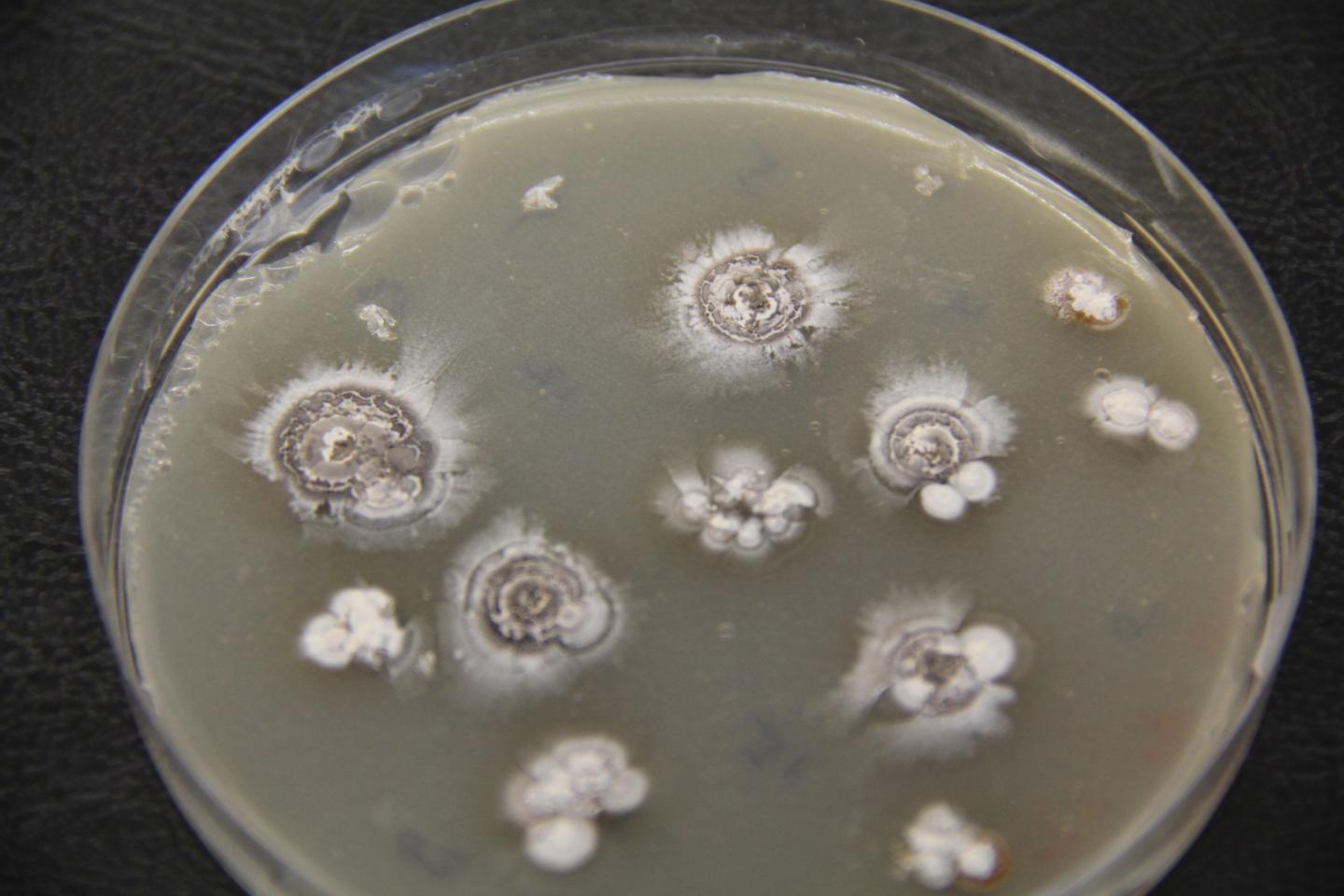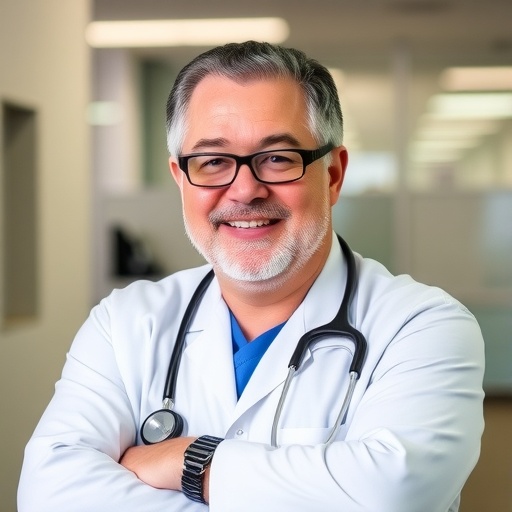
Credit: Shen Lab / The Scripps Research Institute
JUPITER, FL – June 18, 2018 – Bacteria found in soil may harbor a potential game-changer for drug design. A new study by Scripps Research, published today in Nature Communications, suggests scientists could build better drugs by learning from bacteria-derived molecules called thiocarboxylic acids.
The finding comes from Ben Shen, PhD, and his colleagues on the Florida campus of Scripps Research. The team investigates "natural products" made by organisms such as soil-dwelling bacteria.
"We use natural products as an inspiration for chemistry, biology and drug discovery," says Shen, professor and co-chair of the Department of Chemistry at Scripps Research.
Thiocarboxylic acids caught Shen's attention because of their rarity in nature and similarity to lab-made molecules called carboxylic acids. Carboxylic acids are good "warheads" because they can home in on biological targets, making them a key ingredient in many antibiotics, heart disease medications, and more.
Shen and his colleagues took a closer look at two natural products, platensimycin and platencin, that have been extensively investigated as potential antibiotics. Much to their surprise, platensimycin and platencin, which have been known for over a decade to be carboxylic acids, are actually made by bacteria as thiocarboxylic acids.
The researchers revealed, for the first time, the exact genes, and the enzymes they encode, that bacteria use to create thiocarboxylic acids.
From there, the scientists set out to test whether nature-made thiocarboxylic acids could also act as biological warheads. The researchers discovered that, as antibiotics, platensimycin and platencin thiocarboxylic acids appeared to bind to their biological targets even better than their carboxylic acid counterparts.
"That was exciting to see," Shen says. "We've now identified thiocarboxylic acids as natural products that can be used as drugs, and thiocarboxylic acids as warheads should be applicable to man-made drugs as well."
Interestingly, thiocarboxylic acids appear to have been hiding in plain sight. The molecules were thought to be rare and have not been appreciated to date as a family of natural products. Thanks to the current findings, the researchers now know how these producst are made in nature. Upon searching databases of bacterial genomes, the researchers found that many species of bacteria around the world have the genes to produce thiocarboxylic acids.
"There are many, many thiocarboxylic acid natural products waiting to be discovered, making them a treasure trove of potential new drug leads or drugs" says Shen.
###
Additional authors of the study, "Biosynthesis of thiocarboxylic acid-containing natural products," were Liao-Bin Dong (first author), Jeffrey D. Rudolf and Nan Wang of Scripps Research; Dingding Kang, Youchao Deng, Yong Huang and Yanwen Duan of the Xiangya International Academy of Translational Medicine, Central South University; and Cyndi Qixin He and K. N. Houk of the University of California, Los Angeles.
The research was supported by the Chinese Ministry of Education (111 Project B0803420), the National Institutes of Health (grant GM114353), an Arnold O. Beckman Postdoctoral Fellowship, the Chinese Academy of Sciences and a scholarship from the Chinese Scholarship Council (201504910034).
About Scripps Research
Scripps Research is one of the world's preeminent independent, not-for-profit organizations focusing on research in the biomedical sciences. Scripps Research is internationally recognized for its contributions to science and health, including its role in laying the foundation for new treatments for cancer, rheumatoid arthritis, hemophilia, and other diseases. An institution that evolved from the Scripps Metabolic Clinic founded by philanthropist Ellen Browning Scripps in 1924, the institute now employs more than 2,500 people on its campuses in La Jolla, CA, and Jupiter, FL, where its renowned scientists-including two Nobel laureates and 20 members of the National Academies of Science, Engineering or Medicine-work toward their next discoveries. The institute's graduate program, which awards PhD degrees in biology and chemistry, ranks among the top ten of its kind in the nation. For more information, see http://www.scripps.edu.
Media Contact
Stacey Singer DeLoye
[email protected]
561-228-2551
@scrippsresearch
http://www.scripps.edu





